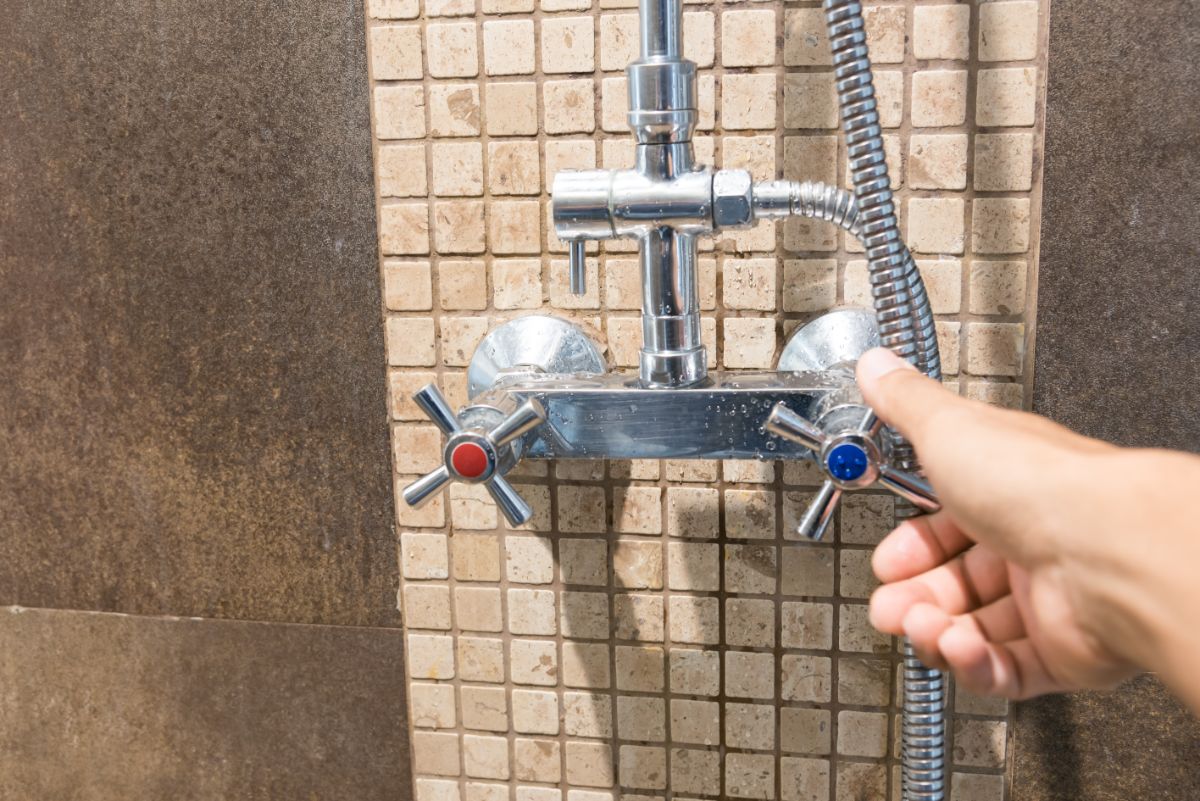When selecting shower valves for your home, there are several factors to consider. These factors include water pressure, the number of settings you’ll need for different water pressure levels, and how the valve will operate. Some models are thermostatic, which means they sense temperature to automatically adjust both hot and cold flow and volume. They also have two separate controls, so you can keep the water temperature consistent whether it’s running full blast or turned off.
Pressure-balancing valves
Pressure-balancing shower valves work by automatically regulating water pressure. They detect when the hot water is interrupted by a cold one, and restrict it to keep the water temperature stable. These valves are particularly useful in traditional homes where the plumbing system is substandard. They prevent sudden blasts of hot or cold water that can lead to an unpleasant experience.
Another feature of pressure-balancing shower valves is the anti-scald feature. They ensure that the water temperature does not drastically change, and they also prevent the scalding effect that can result from using cold water in certain areas of the home. A number of these valves also feature a hot-limit safety stop.
Diverter valves
Diverter valves allow you to change the direction of water flow from your faucet to your shower head. They work by opening when water flows directly through the faucet and closing when water flows up into the shower head. Diverter valves can become worn out over time and may not close properly. If you have multiple faucets or shower heads in your home, you may want to replace your diverter valve.
If you notice that water is dripping from the faucet or is leaking from the handle, your diverter valve is most likely to be leaking. This is often the result of a degraded seal. To fix this, you should contact your home warranty company for assistance. They will be able to diagnose the problem and provide you with a replacement or repair.
Thermostatic valves
There are many styles and models of thermostatic shower valves. Some are single-valve designs that feature separate volume and temperature controls mounted on a single handle. Others are more complicated and require alterations to the surrounding wall and piping system. Choosing the right type for your home will depend on the size and layout of your shower.
Thermostatic valves offer many advantages. However, they can be more expensive than pressure balance valves. They are also more difficult to install in small spaces. To install a thermostatic shower valve, you may have to widen your shower opening and move plumbing around to make room for it. Additionally, they can be susceptible to scale and mineral buildup.
Concealed valves
Concealed shower valves can be a great choice for a new bathroom. They are a great way to add style to your bathroom while still allowing you to control the water flow rate. You can buy a high-end valve or you can find a low-cost option that can still give you a great shower experience.
Concealed shower valves are a great choice if you are trying to keep the bathroom looking as clean as possible. These valves hide the pipework and connect within the wall, giving the bathroom an uncluttered appearance. The valves are available in single, dual and triple outlet models.
Manual trim controls
There are three main types of shower valves: manual, digital, and touchscreen. Choosing the right one for your shower is crucial for your comfort and functionality. This guide explains the differences between each type. You’ll find out how to determine which one is best for your home. Here’s how manual controls differ from digital ones.
Manual trim controls are usually screwdriver-driven. They can be found near the cold and hot water lines. Once the stops have been pushed in, they should be water-tight.



